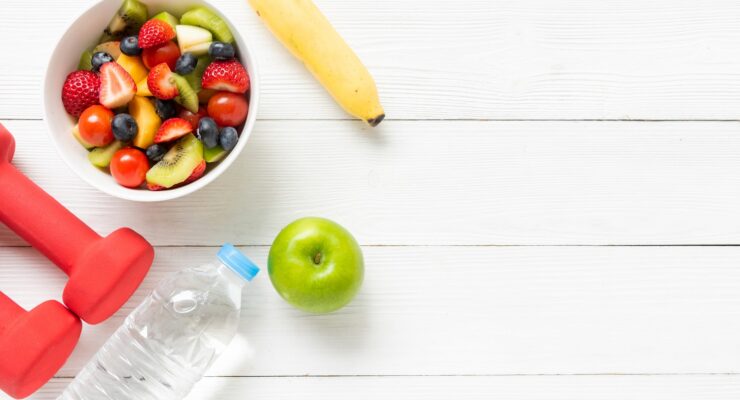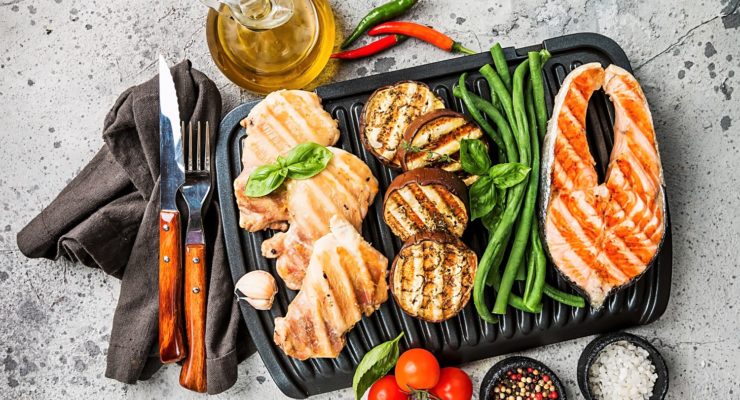5-Point Restaurant Survival Guide
Article posted in: Lifestyle
A recent study published in the European Journal of Clinical Nutrition showed that eating in a restaurant can be as unhealthy as eating in a fast food joint. The study analyzed eight years of data from the National Health and Nutrition Examination Survey conducted by the National Center for Health Statistics. While restaurant diners tend to get more nutrients—in particular omega-3s—than fast food diners, they also tend to get more sodium and cholesterol. Fast-food and restaurant diners consumed about 10 grams more total fat, and 3.5 grams and 2.5 grams, respectively, more saturated fat than those who dined at home.
Part of the reason patrons consumed more sodium and fat is because of restaurant portion sizes, which have grown considerably since the 1980s. The study was conducted by Ruopeng An, a professor of kinesiology and community health at the University of Illinois. An was quoted as suggesting that those who want to consume a healthy diet should avoid eating outside the home and prepare their own meals whenever possible.
That’s sound advice, but it’s not always practical, or practicable. So we suggest you follow these basic guidelines for eating in restaurants. Consider it your restaurant survival guide.
• Try to snack on some filling (and unlimited) vegetables before going out. Think celery sticks, pepper slices and peapods.
• Skip the bread basket. Ask your server to not even bring this temptation-laden pre-meal offering.
• Be sure to order a salad. Ask for dressing on the side, or better yet, olive oil and vinegar, and use sparingly.
• Make a healthy appetizer your entree. Portions are so large now that an appetizer can easily take the place of an entree.
• Ask for a take-home box as soon as your meal arrives. Then put half the food in the box. You won’t overeat, and you’ll have tomorrow’s lunch.






